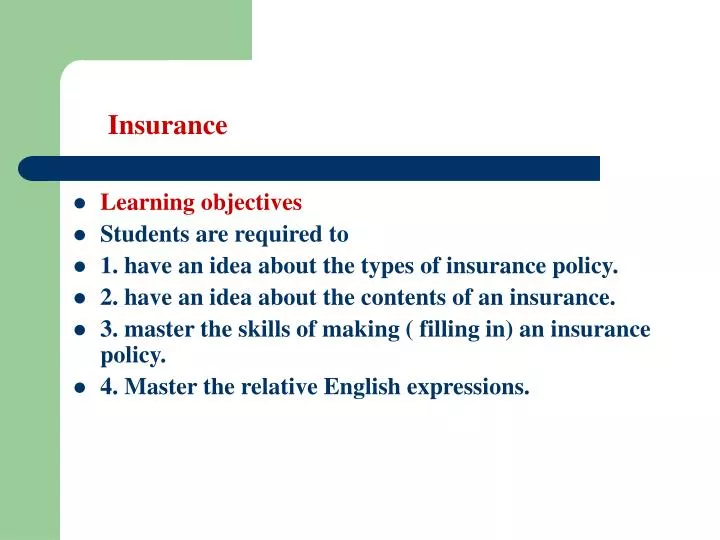The 45-Second Trick For Pacific Prime
The 45-Second Trick For Pacific Prime
Blog Article
Pacific Prime Can Be Fun For Anyone
Table of ContentsThe Buzz on Pacific PrimeThe 7-Second Trick For Pacific PrimeThe Pacific Prime DiariesPacific Prime for BeginnersThe 6-Second Trick For Pacific Prime

This is due to the fact that the data were gathered for a duration of strong economic efficiency. Of the approximated 42 million people who were without insurance, just about about 420,000 (about 1 percent) were under 65 years of age, the age at which most Americans become eligible for Medicare; 32 million were adults between ages 18 and 65, around 19 percent of all adults in this age group; and 10 million were youngsters under 18 years old, concerning 13.9 percent of all youngsters (Mills, 2000).
These estimates of the number of persons uninsured are generated from the yearly March Supplement to the Present Population Survey (CPS), conducted by the Census Bureau. Unless otherwise kept in mind, national price quotes of individuals without medical insurance and proportions of the population with various sort of protection are based upon the CPS, the most widely utilized source of quotes of insurance protection and uninsurance rates.
The Basic Principles Of Pacific Prime

Still, the CPS is specifically valuable due to the fact that it creates annual price quotes fairly promptly, reporting the previous year's insurance policy protection approximates each September, and due to the fact that it is the basis for a constant set of estimates for greater than twenty years, allowing for analysis of patterns in coverage with time. For these reasons, as well as the substantial use the CPS in various other research studies of insurance policy protection that exist in this report, we depend on CPS price quotes, with constraints noted.

The estimate of the number of without insurance individuals expands when a population's insurance status is tracked for several years. Over a three-year duration starting early in 1993, 72 million individuals, 29 percent of the united state population, were without protection for at the very least one month. Within a single year (1994 ), 53 million important source individuals experienced at the very least a month without coverage (Bennefield, 1998a)
6 out of every ten uninsured grownups are themselves employed. Although functioning does enhance the possibility that and one's relative will certainly have insurance, it is not a guarantee. Even participants of households with 2 full-time breadwinner have practically a one-in-ten opportunity of being uninsured (9.1 percent without insurance rate) (Hoffman and Pohl, 2000).
The Only Guide to Pacific Prime
New immigrants make up a considerable percentage of individuals without medical insurance. One analysis has actually connected a considerable portion of the current development in the dimension of the united state uninsured population to immigrants who showed up in the country in between 1994 and 1998 (Camarota and Edwards, 2000). Current immigrants (those that came to the United States within the past four years) do have a high rate of being uninsured (46 percent), however they and their youngsters account for just 6 percent of those without insurance nationally (Holahan et al., 2001).
The connection in between wellness insurance policy and access to care is well established, as documented later in this chapter. The relationship in between health insurance policy and health outcomes is neither straight neither basic, a considerable clinical and health services research literary works web links health and wellness insurance protection to better accessibility to care, far better top quality, and boosted individual and population health and wellness standing.
Levels of evaluation for examining the impacts of uninsurance. It concentrates specifically on those without any kind of health insurance coverage for any kind of length of time.
The Best Strategy To Use For Pacific Prime
The issues encountered by the underinsured are in some aspects comparable to those encountered by the uninsured, although they are typically less extreme. global health insurance. Uninsurance and underinsurance, however, include noticeably different policy issues, and the techniques for addressing them may vary. Throughout this research and the 5 reports to follow, the main emphasis gets on persons with no health insurance and thus no aid in spending for healthcare beyond what is readily available with charity and security net institutions
Medical insurance is an effective variable influencing invoice of care because both clients and doctors respond to the out-of-pocket rate of services - https://www.metal-archives.com/users/pacificpr1me. Health insurance, nonetheless, is neither required neither sufficient to get to clinical solutions. Nevertheless, the independent and direct result of wellness insurance policy coverage on access to wellness services is well established.
Others will obtain the healthcare they require even without wellness insurance coverage, by paying for it expense or seeking it from providers that use care cost-free or at highly subsidized prices. For still others, medical insurance alone does not ensure receipt of treatment because of other nonfinancial obstacles, such as a lack of health and wellness treatment companies in their area, limited accessibility to transport, illiteracy, or linguistic and cultural distinctions.
The Of Pacific Prime
Official research study concerning uninsured populaces in the United States dates to the late 1920s and very early 1930s when the Board on the Price of Medical Treatment produced a series of reports about financing doctor office sees and hospitalizations. This problem ended up being significant as the numbers of clinically indigent climbed throughout the Great Depression.
Report this page